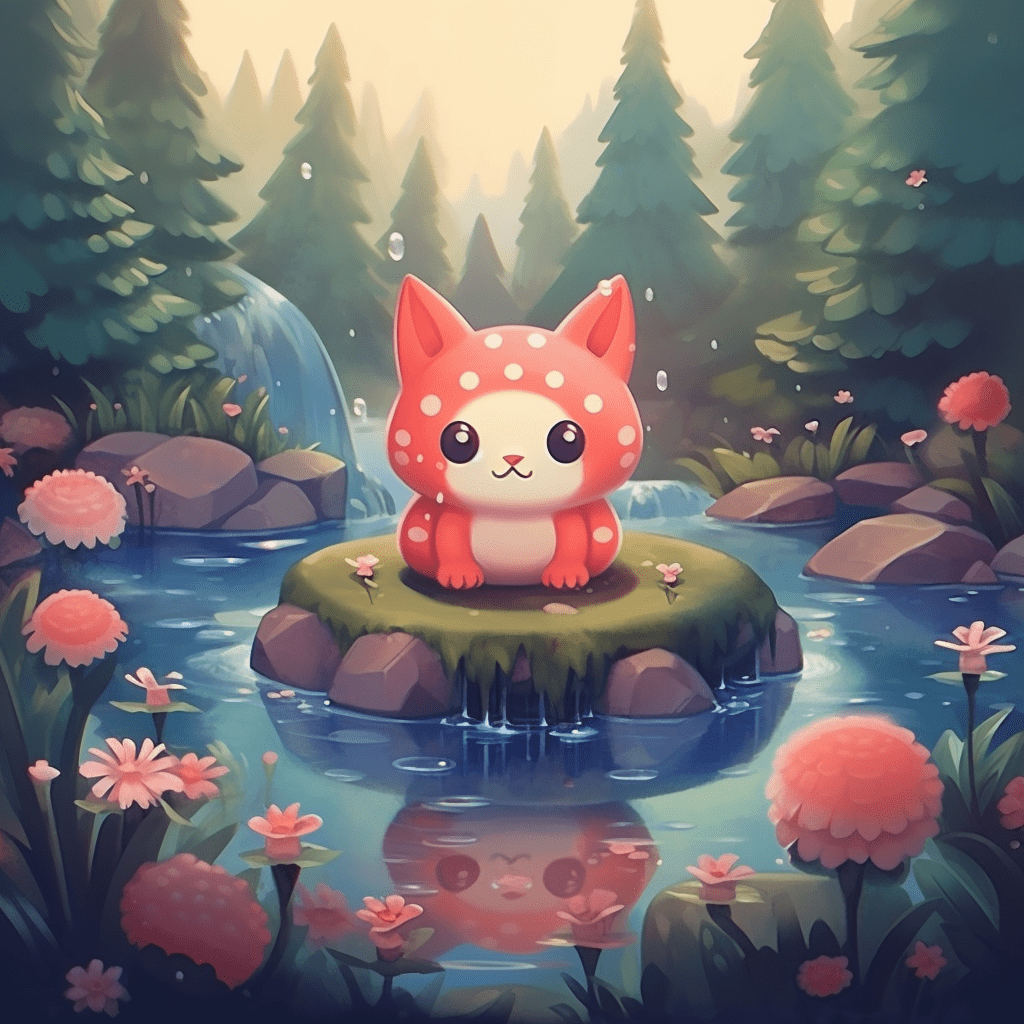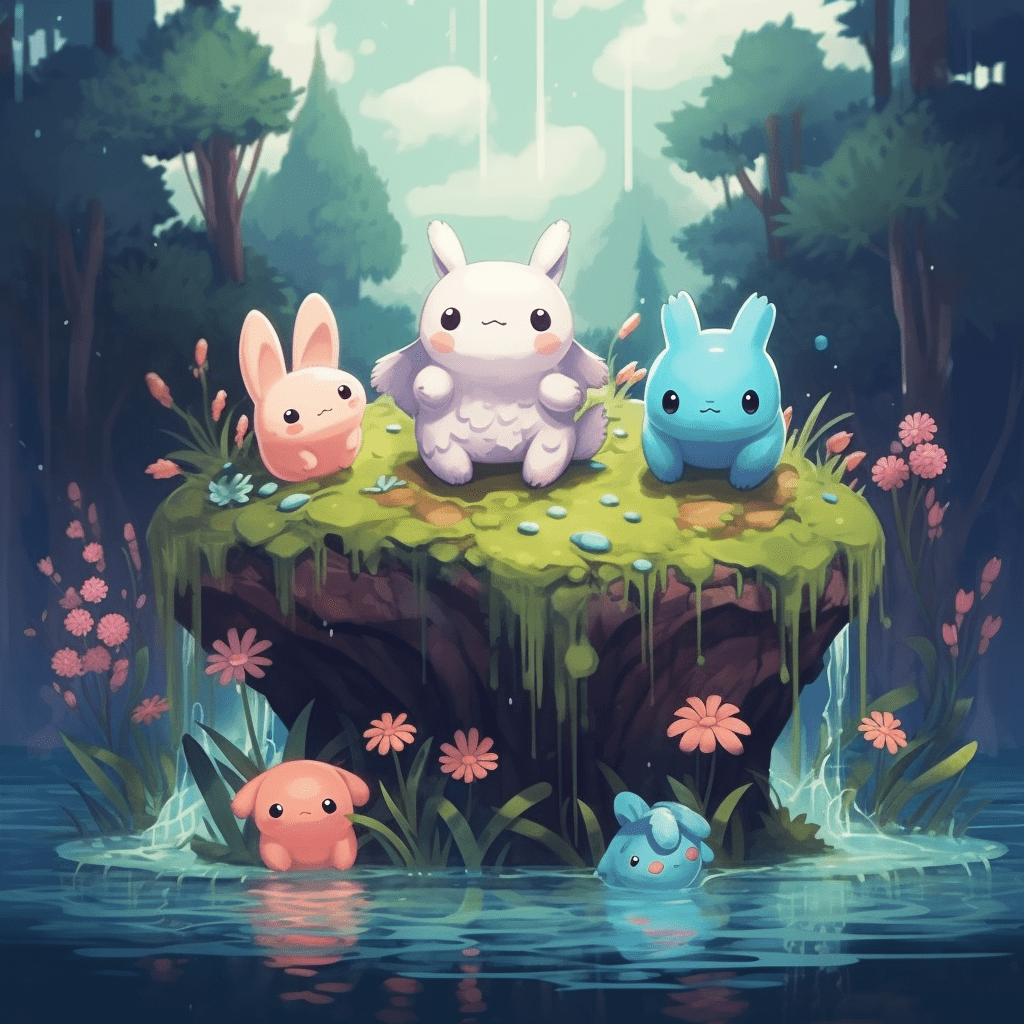Creating an NFT collection is an exciting venture that offers great potential for artists, creators, and collectors. Yet, the cost of creating an NFT collection can be daunting. This article provides insights on how to reduce expenses while maintaining the quality of your NFT collection.

Optimize Gas Fees
One of the significant expenses associated with NFTs is the gas fees on the Ethereum network, which is the network most often used for minting NFTs. Gas fees can be hefty, especially during network congestion. Here are some ways you can mitigate these costs:
- Off-peak Minting: Mint your NFTs during off-peak hours when network congestion is lower. This might mean staying up late or waking up early, depending on your time zone, but the potential savings can be worth it.
- Layer-2 Solutions: Consider using layer-2 solutions or alternate blockchains with lower gas fees. Layer-2 solutions, such as Polygon and Immutable X, offer much cheaper transaction costs than Ethereum’s mainnet. Similarly, other blockchains like Binance Smart Chain or Tezos also provide low transaction fees. However, ensure that your chosen platform has a good market for NFTs.
Utilize Free Marketing Channels
Marketing your NFT collection can be costly, but with a strategic approach, you can reduce these costs significantly. Leverage free marketing channels to reach potential buyers:
- Social Media: Platforms like Twitter, Instagram, and Discord are widely used in the NFT community. Engaging with other users, joining discussions, and sharing your work can be an effective way of promoting your collection without additional costs.
- NFT Forums and Communities: There are numerous NFT-specific forums and communities online where creators can showcase their work. Be sure to interact and contribute to these communities rather than just promoting your own work.
Choose the Right Marketplace

Different NFT marketplaces have different fee structures. The most popular ones, like OpenSea, Rarible, and Mintable, charge various fees for minting and transactions. Consider the following when choosing a marketplace:
- Minting Fees: Some marketplaces allow free minting, charging a fee only when the NFT sells. For creators starting out or with limited budgets, such platforms can reduce upfront costs.
- Transaction Fees: Look for platforms with lower transaction fees. Every percentage point counts, especially for high-value NFTs.
Remember, while it might be tempting to go for the platform with the lowest fees, also consider the platform’s reach and reputation. A well-respected platform with a large user base might justify higher fees.
Opt for Collaborations
Collaboration can be a cost-effective way to create and promote NFT collections. Partnering with another artist can halve the creation costs and double the promotional reach. Moreover, collaborations can lead to exciting and unique collections that stand out in the market.
Leverage Existing Resources
Instead of starting from scratch, consider using your existing resources. If you are an artist, you might have a portfolio of work that can be turned into NFTs. If you are a developer, you can leverage your coding skills to create generative art NFTs. Utilizing existing resources can greatly reduce the costs associated with creating an NFT collection.
Creating an NFT collection doesn’t have to be a costly affair. By optimizing gas fees, leveraging free marketing channels, choosing the right marketplace, opting for collaborations, and using existing resources, you can significantly cut down the expenses associated with building a high-quality NFT collection. Understanding these cost-saving methods is a crucial step in your NFT journey and can go a long way towards ensuring your venture’s success.
Next Steps in Building a Cost-Efficient NFT Collection
Even after your collection is live, your cost-saving journey shouldn’t stop. Looking ahead and planning for the future is an essential part of maintaining a high-quality, cost-efficient NFT collection.
Plan for Long-Term Storage
Blockchain storage costs can add up over time. While the Ethereum blockchain offers permanent storage, other blockchains might not. Be aware of the long-term storage policies of the blockchain you are using and factor these into your costs.
Consider Dynamic Pricing
Dynamic pricing can help in optimizing the selling price of your NFTs. Depending on the demand and supply, you can adjust your prices to maximize your returns while ensuring your NFTs remain accessible to your audience.
Reinvest in Your Collection
Reinvesting a part of your earnings back into your collection can help improve its quality and increase its value over time. This could involve creating additional pieces, enhancing existing ones, or running promotional campaigns to increase visibility.
Don’t Forget About Taxes

Crypto assets, including NFTs, are taxable in many jurisdictions. Make sure you understand your tax obligations to avoid any surprises at the end of the financial year. Consulting with a tax professional experienced in cryptocurrency can be a worthwhile investment.
Building an NFT collection can be a rewarding yet challenging endeavor. While it’s crucial to be mindful of the costs involved, remember that the value of an NFT collection isn’t merely monetary. It’s about creating something unique, something that represents you or your brand, and offers value to the people who choose to invest in your work.
